At Nam Huong communal house, an exhibition of Hang Trong folk paintings , past and present, is being held.
According to Mr. Dang Minh Tuan, Chairman of Hang Trong Ward People's Committee, for many years now, Hang Trong folk paintings have been lost. Recently, the ward, Hoan Kiem District and Hanoi City have had many programs and projects to restore and promote the value and identity of this type of folk painting.
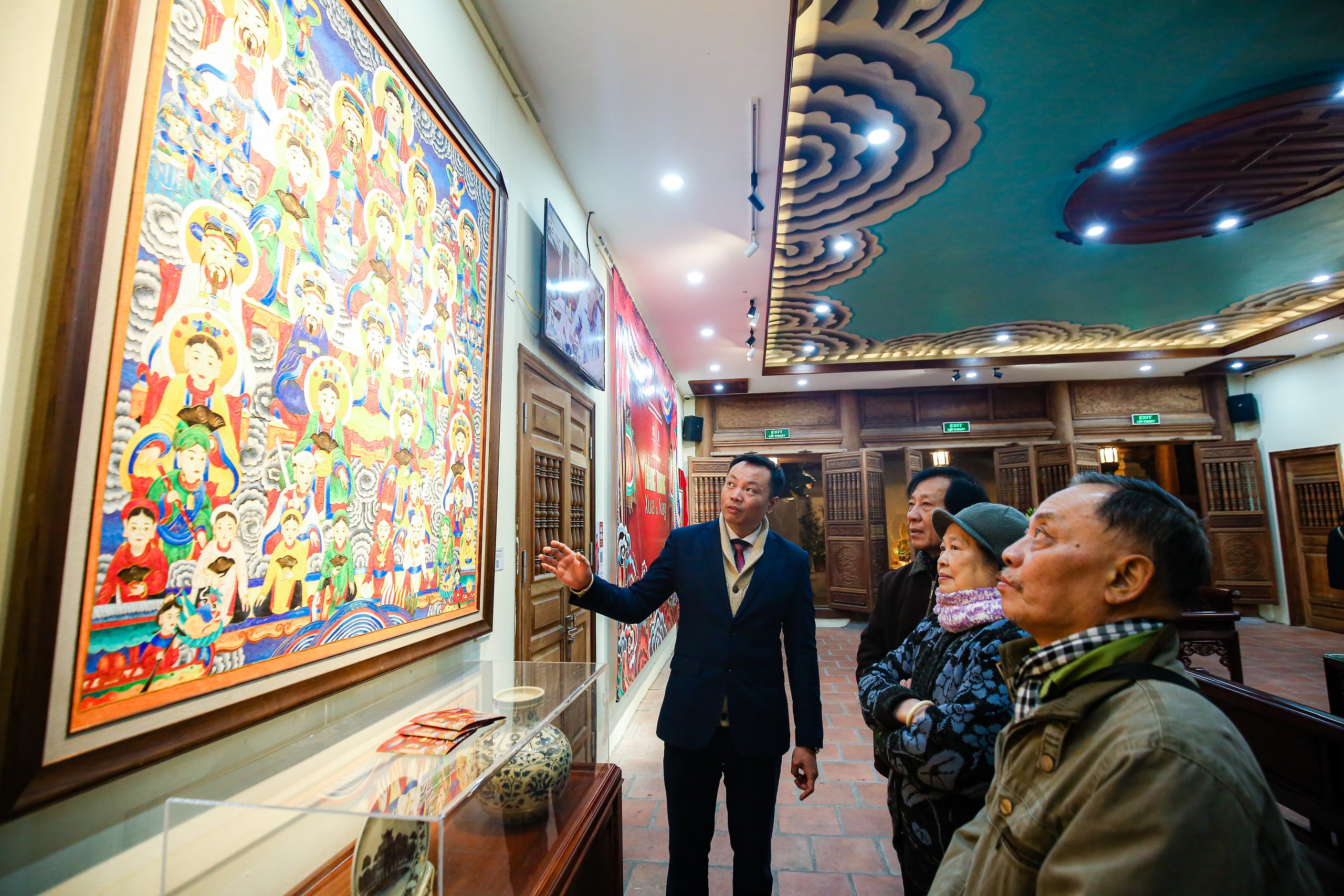
At Nam Huong communal house, an exhibition of Hang Trong folk paintings is taking place.
The exhibition was held in the space of Nam Huong communal house, where the community practices its beliefs associated with Hang Trong folk paintings. This activity aims to promote and restore folk paintings, and at the same time, let the general public know about Hang Trong folk paintings.
"This exhibition includes 10 works made using the gold sequin technique associated with the Hang Trong folk paintings," Mr. Tuan added.
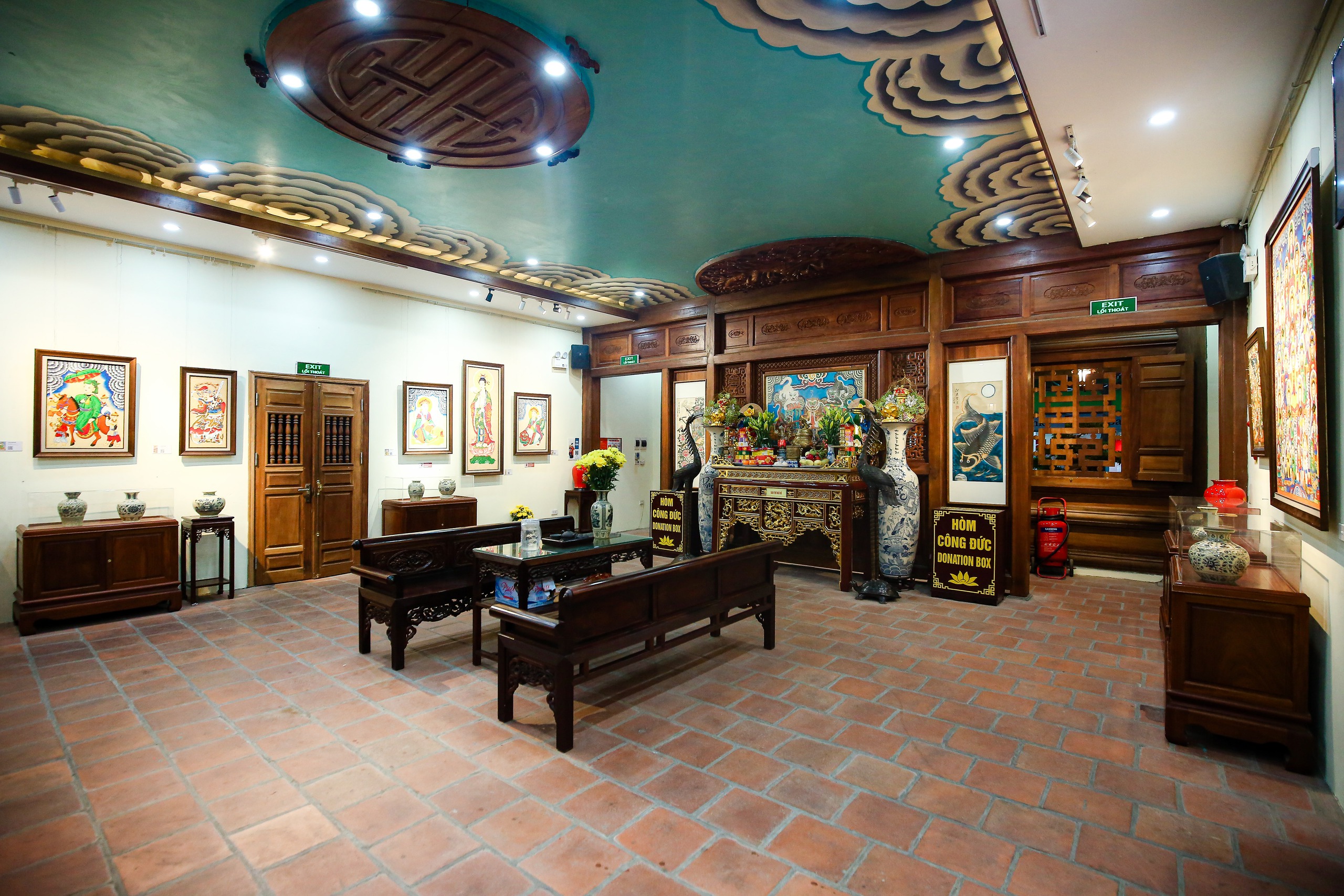
Hang Trong folk paintings are recreated with the art of gold painting in the space of Nam Huong communal house.
Looking at the paintings, many people were surprised, especially the painting of Five Tigers . "The painting is very beautiful, faithful to the original ancient painting made by our ancestors. I am happy that in recent years, young people are increasingly interested in traditional art," a local resident shared.
As one of the members recreating Hang Trong folk paintings, Ms. Nguyen Hoang Anh (Hanoi) said that the art of gold sand has been lost in Vietnam for a long time and there are no video or photo documents.
This art originated in Europe and Egypt, so when she first learned about this art, she and her members encountered many difficulties due to the language barrier. After many years of research and experimentation, everyone has basically perfected the process of making gold sequin painting art.
According to Ms. Hoang Anh, hoa is drawing, kim is metal, sa is sand. Hoa kim sa is the name that her group and advisors gave to this art in Vietnam.
The process of completing the paintings consists of many stages. The first stage is painting, which means redrawing the painting. Next, copper wire is used to reshape the drawn lines and finally quartz sand is used to color the painting, creating a sparkling effect.
Visiting the exhibition, Ms. Nguyen Thi Minh Xuan, Head of Residential Group No. 1 (Hang Trong Ward), highly appreciated the Hang Trong folk paintings recreated with the art of gold sand painting. "Hang Trong paintings have existed for a long time and have been fading away. Up to now, the young generation has renewed the paintings with skillful techniques," Ms. Xuan expressed.
The Hang Trong folk painting exhibition with the theme Past and Present will take place from now until February 25, at Nam Huong communal house, 75 Hang Trong street (Hang Trong ward).
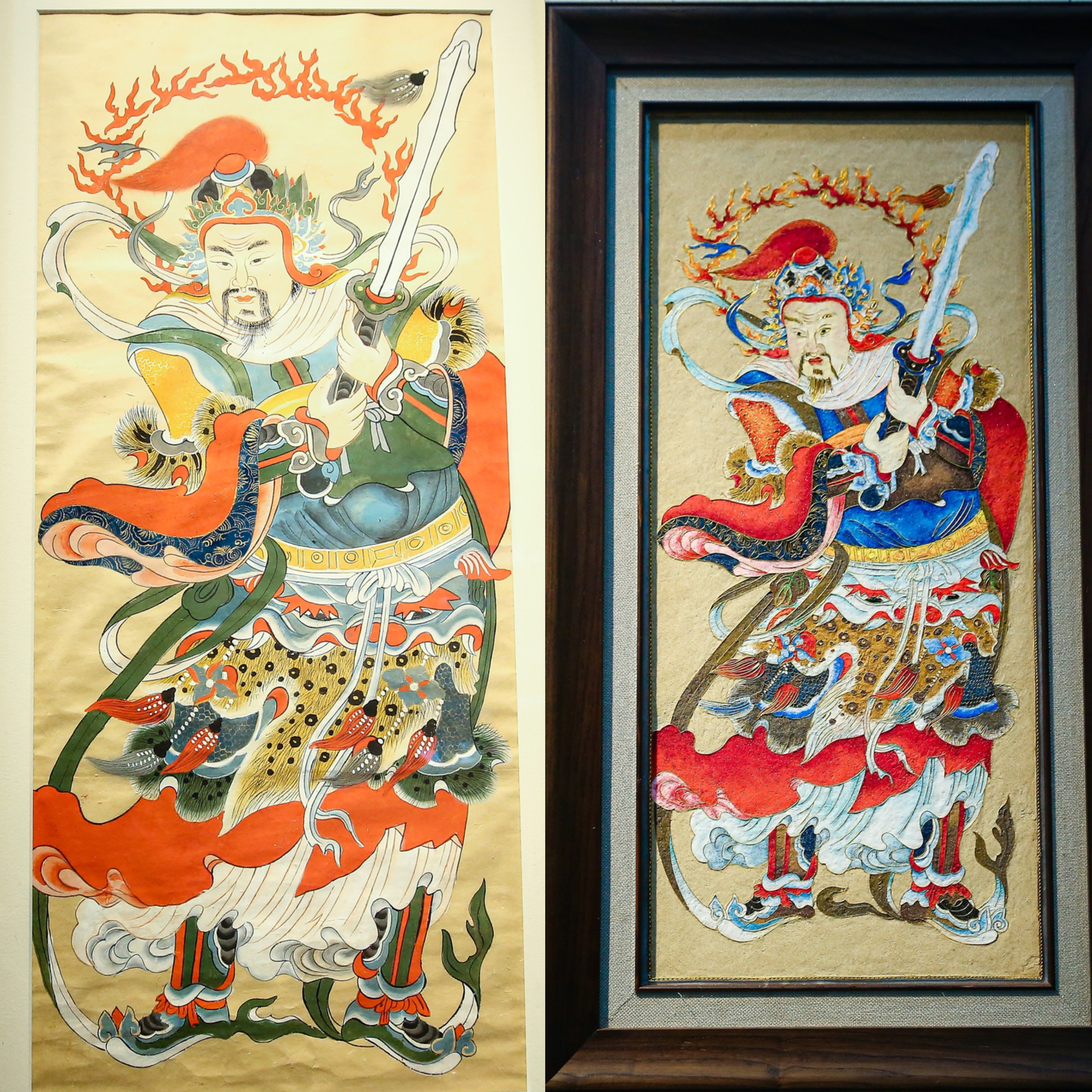
The Hang Trong folk painting called Khuyen Thien (right) is recreated using the art of gold sand painting.
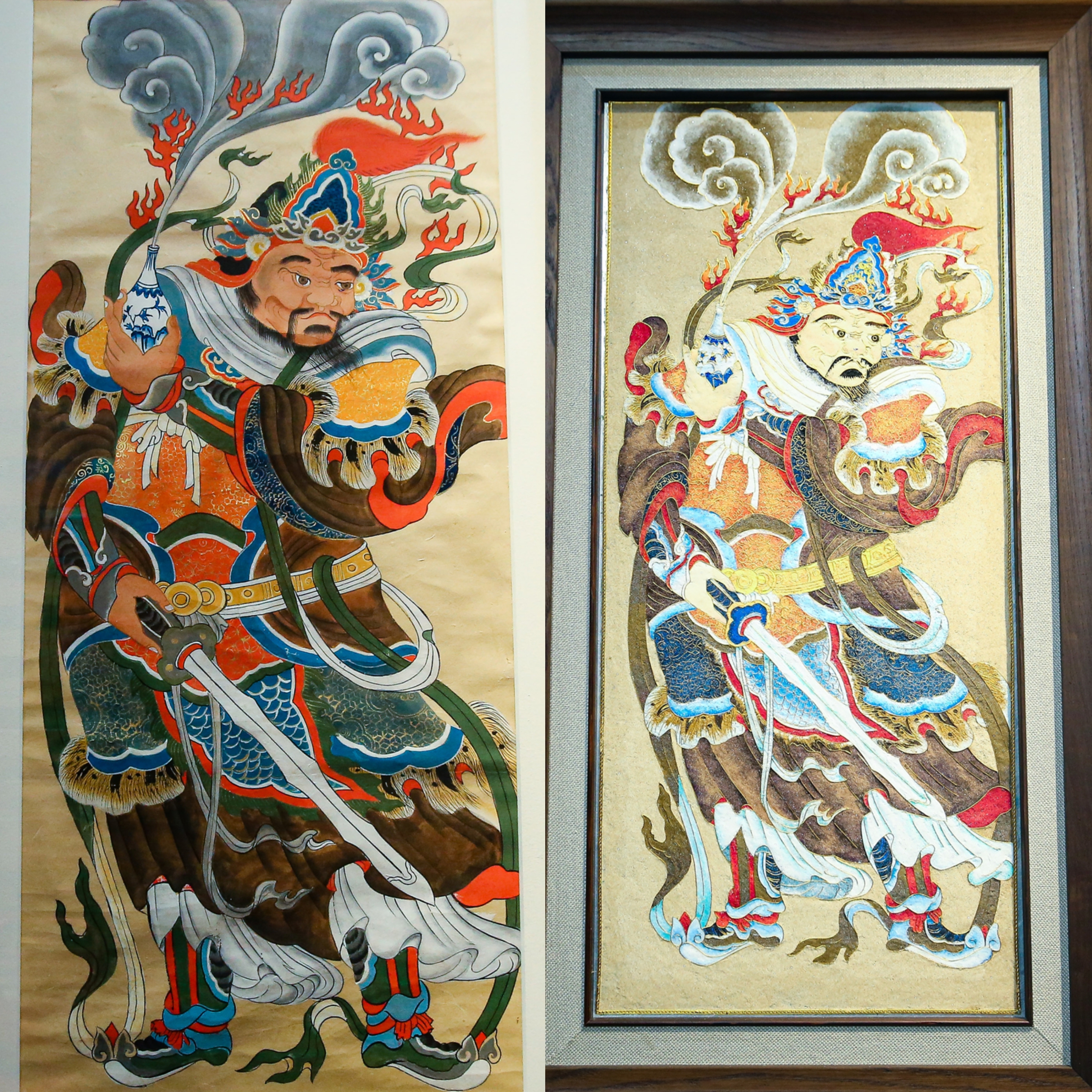
The Hang Trong folk painting called "Treat Evil" (right) is recreated using the art of gold sand painting.
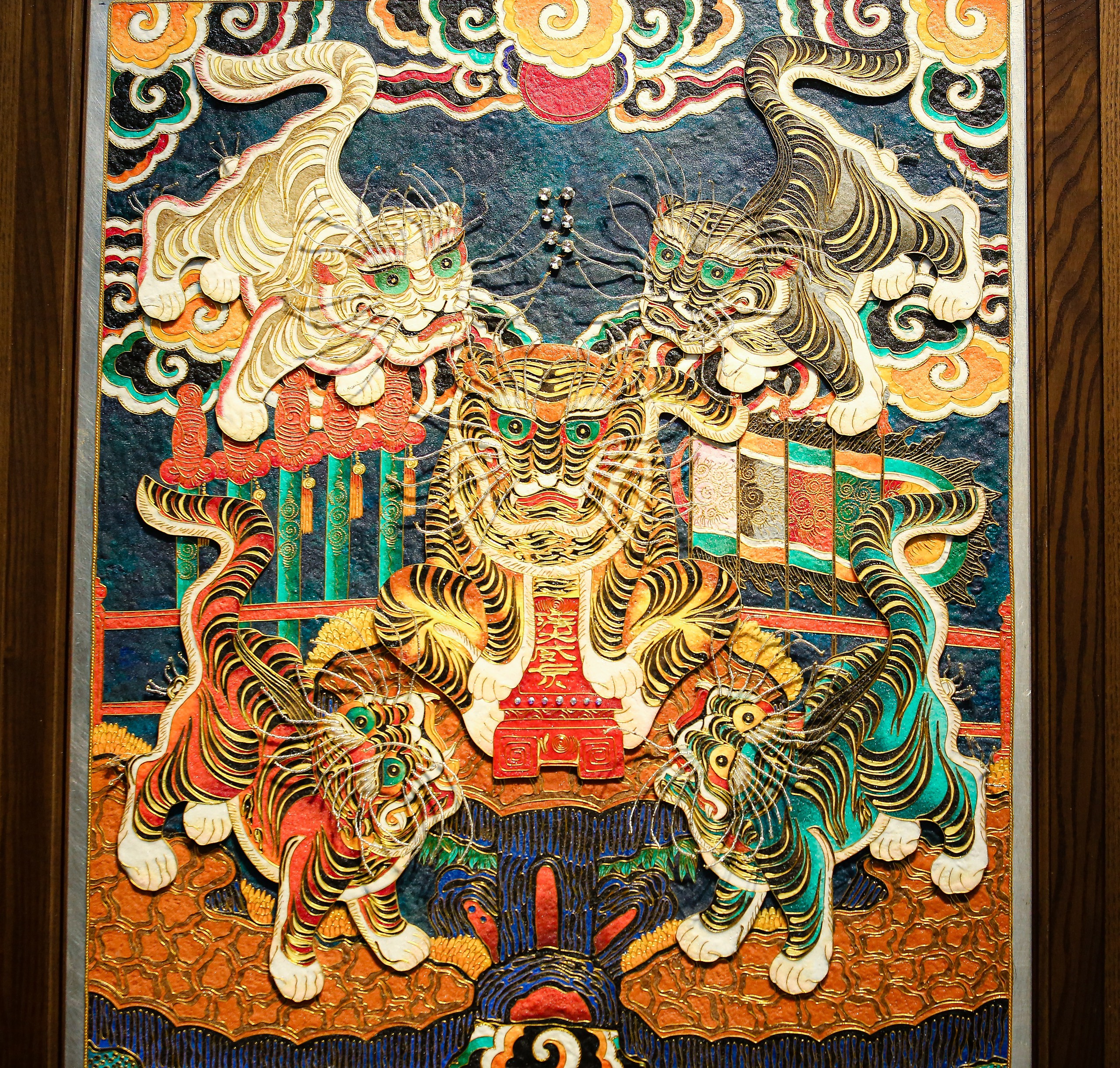
The painting of Five Tigers was made in more than 300 hours. The painting exudes majesty, grandeur, liveliness and attraction with brilliant, outstanding colors.
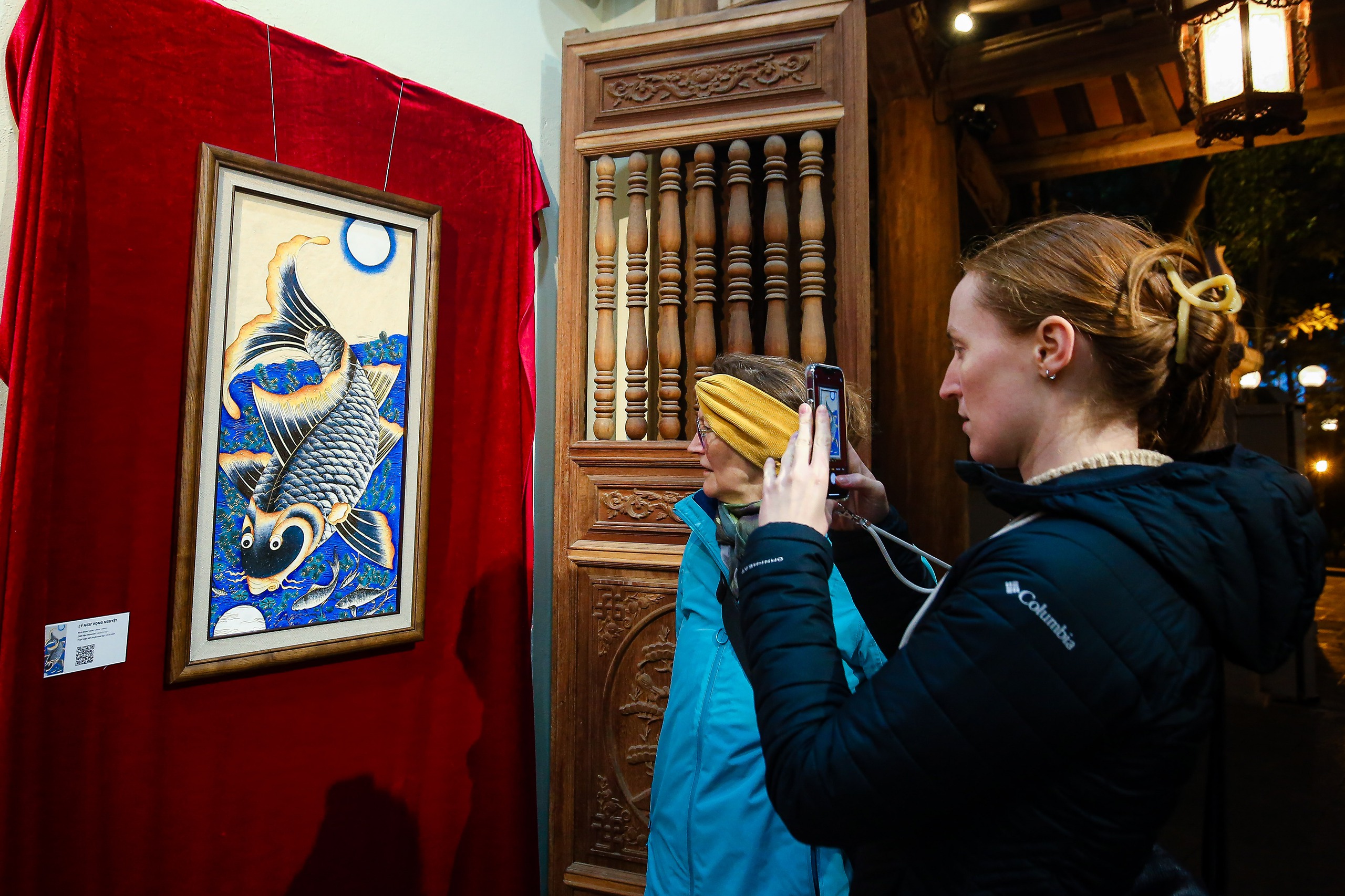
The Hang Trong folk painting called Ly Ngu Vong Nguyet was transformed into a gold sand painting, attracting the attention of foreign tourists.
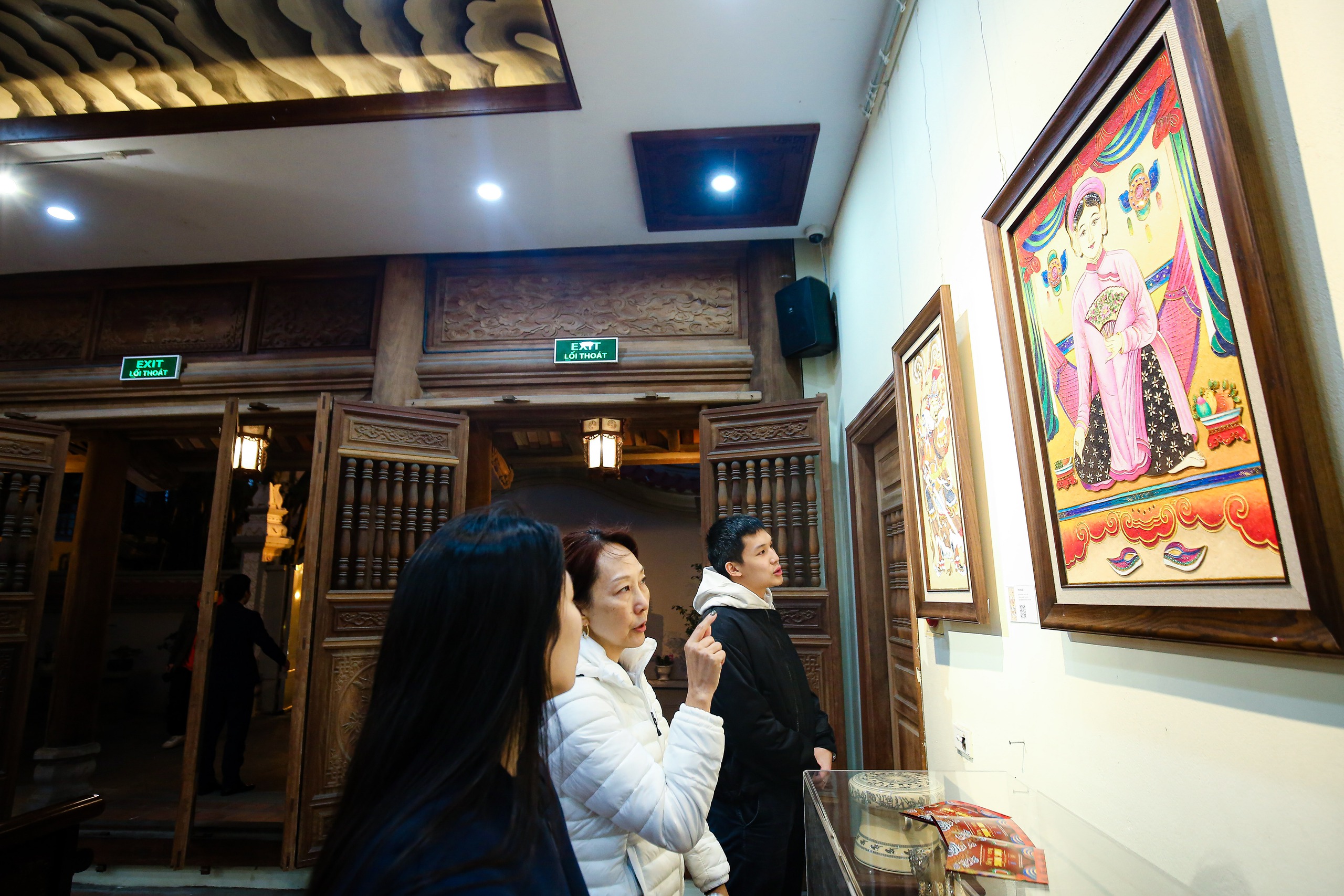
Many tourists expressed their impression of the Hang Trong folk paintings adapted with gold sequin painting material.
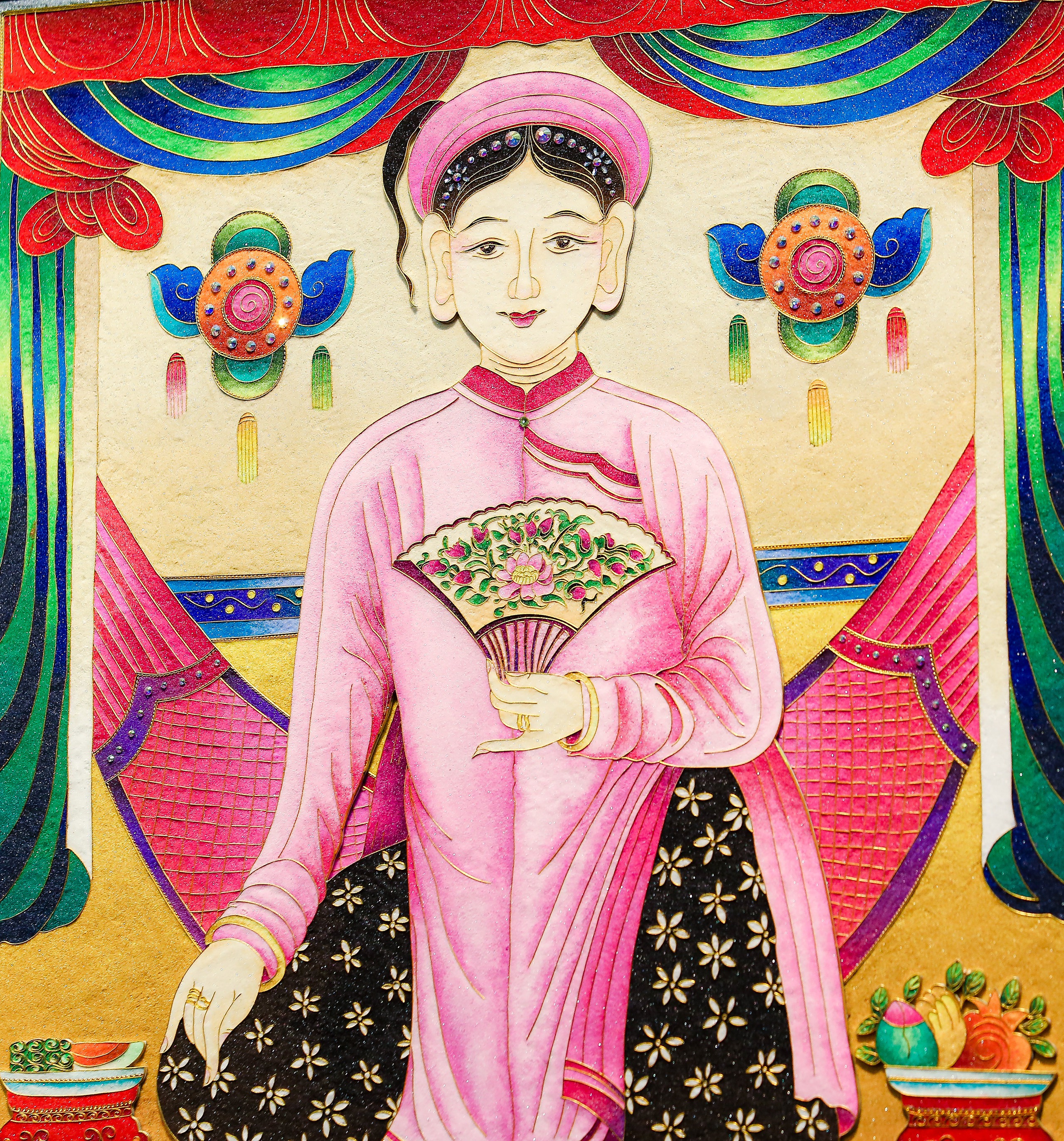
The painting of Miss Chin in the exhibition
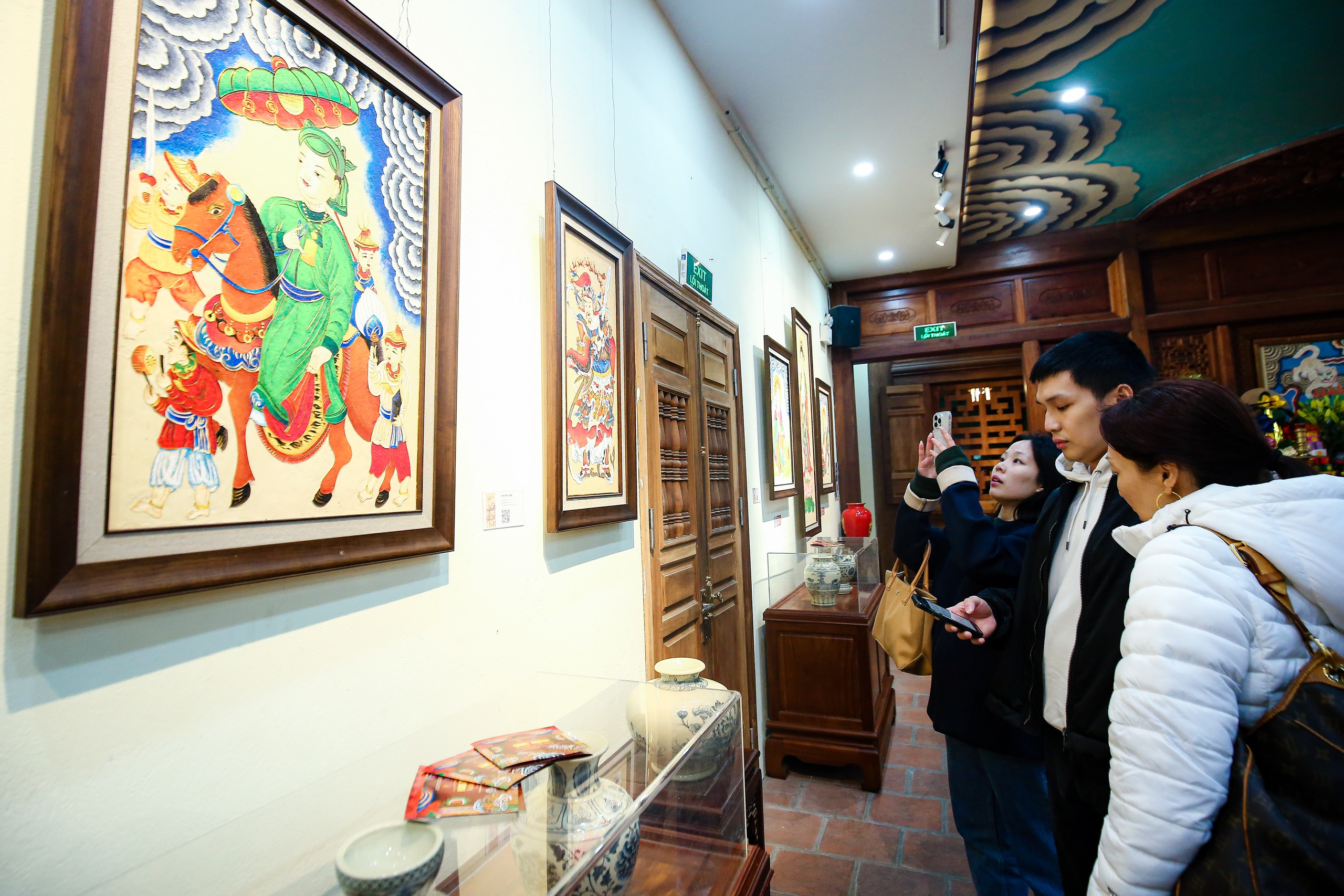
10 works made with gold-sand painting techniques associated with the Hang Trong folk paintings are being displayed at Nam Huong communal house.
Source link



![[Photo] Prime Minister Pham Minh Chinh chairs Government Standing Committee meeting on Gia Binh airport project](https://vphoto.vietnam.vn/thumb/1200x675/vietnam/resource/IMAGE/2025/5/10/6d3bef55258d417b9bca53fbefd4aeee)

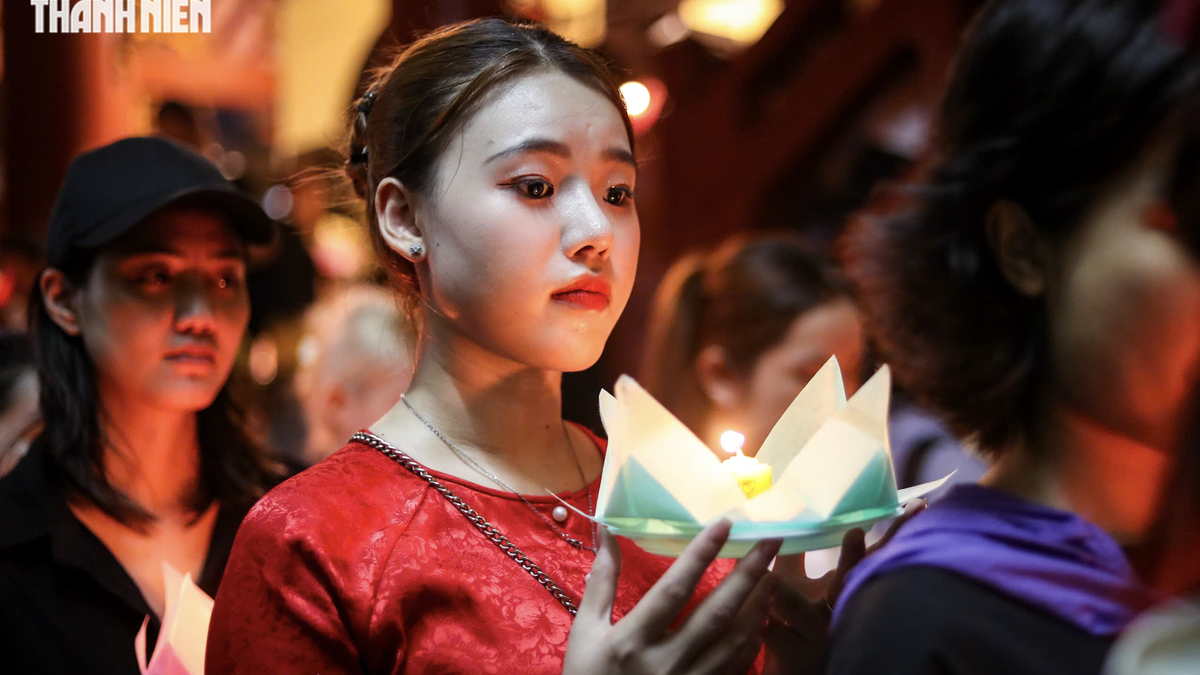


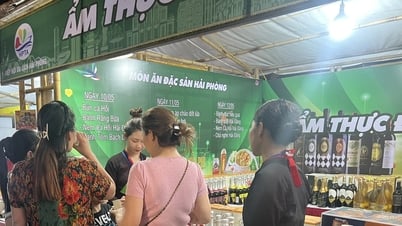

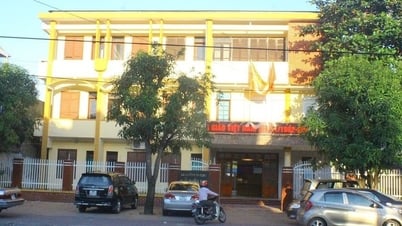


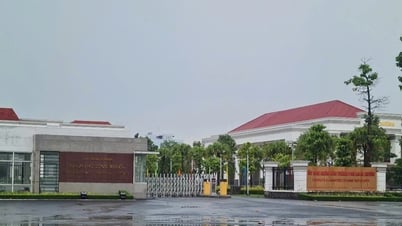










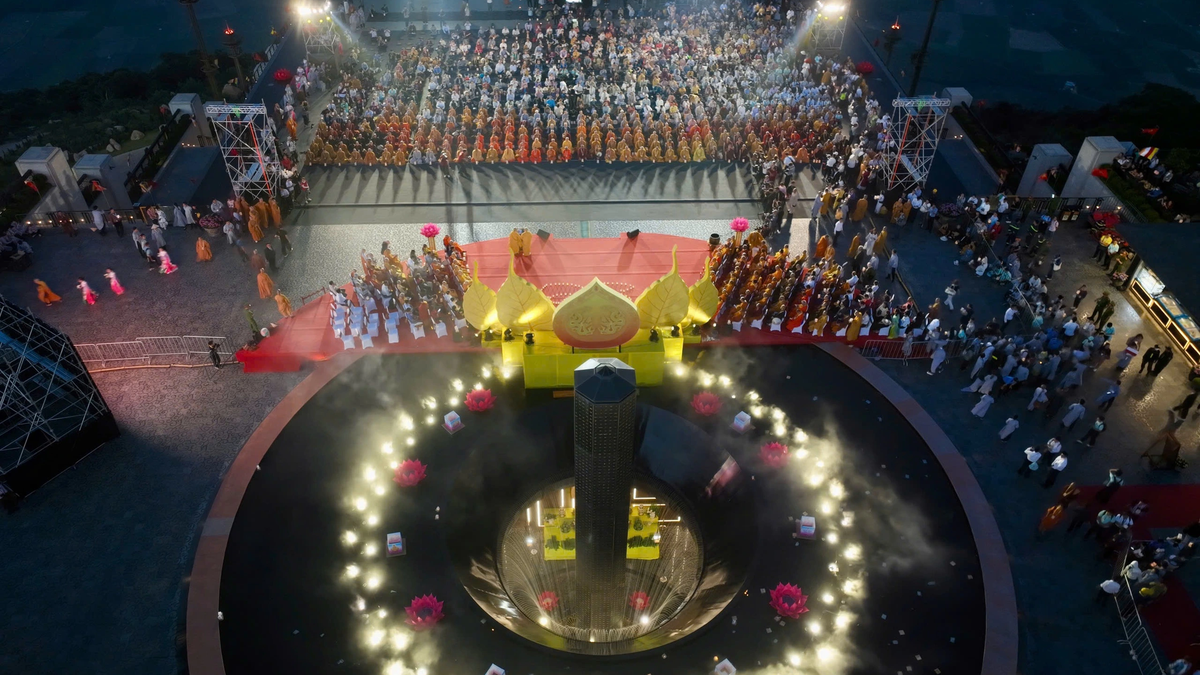






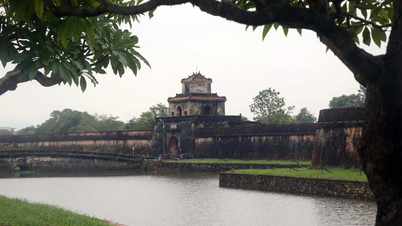

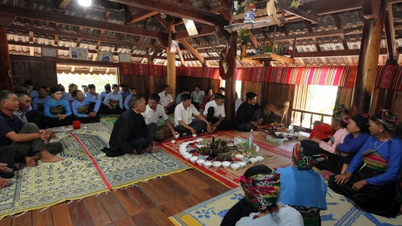










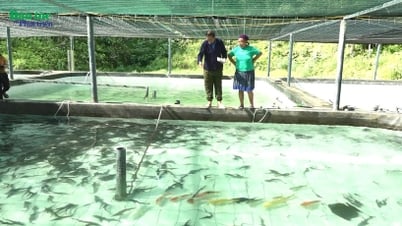
































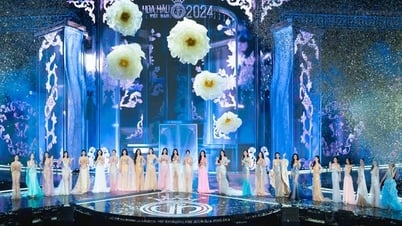
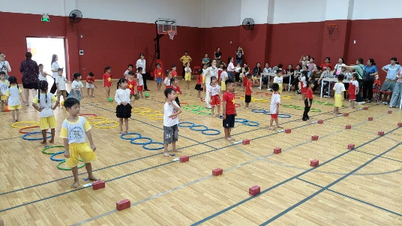












Comment (0)